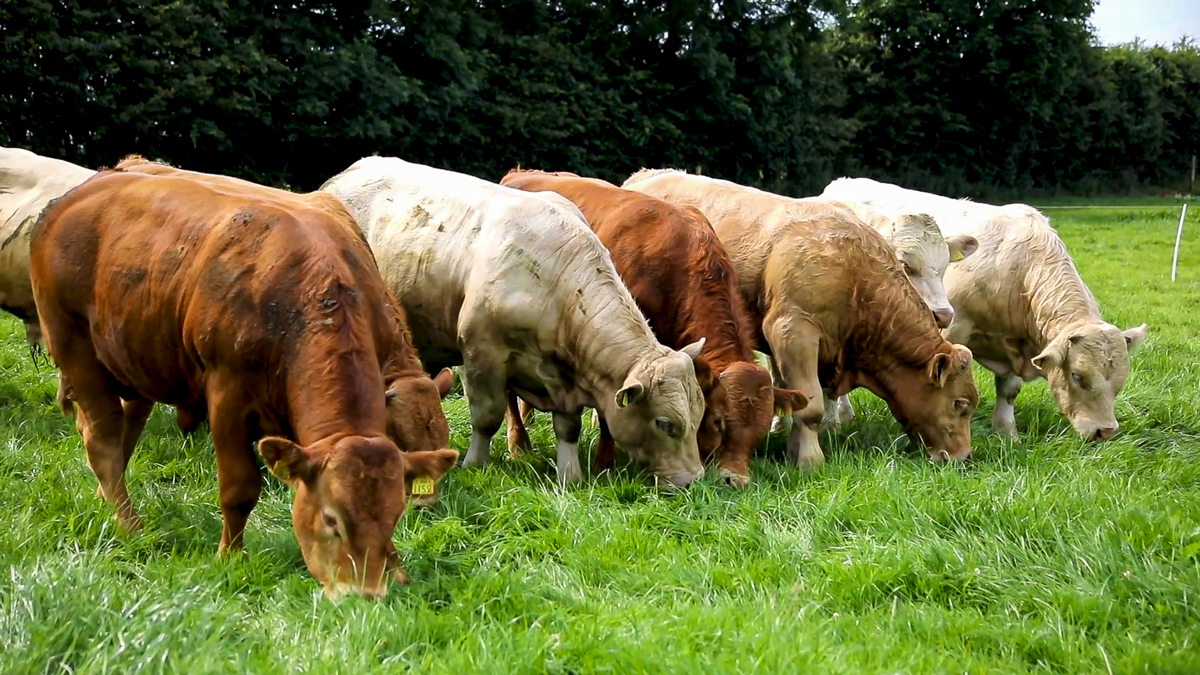A ‘white paper’ examining the key issues involved in measuring and tackling greenhouse gas (GHG) emissions within livestock production has been published by the UK-based Andersons Centre.
The report found that while the current tools and methodologies used to calculate GHG emissions are imperfect, there is no excuse for inaction.
Improvement against an imperfect measure is still progress according to the research. This is much better, and more urgently needed, than seeking perfection from the outset, it stated.
Quantifying GHGs
There is an urgent need for a robust, and globally agreed, framework to quantify GHG emissions and their impact on global warming. While multiple tools and methodologies can co-exist, a globally defined minimum set of standards is crucial, according to the ‘white paper’.
Having a standardised way of calculating carbon accounts in the same way that financial accounts are standardised would be helpful, the research outlined.
The report also highlights grounds for methane to be treated separately as a GHG. Even within methane, clear distinctions are needed between methane from enteric fermentation and methane emitted from fossil fuels.
The former is recycled; if livestock populations and feeding methods remain largely the same over time, the latter is ‘new’ methane which has a much more potent impact, especially as methane production from energy (38%) accounts for a similar share of global output as agricultural methane (40%).
Waste has a 20% share – much of this is food waste and needs reducing with urgency, according to the Andersons Centre.
Other conclusion arrived at within the ‘white paper’ include:
- ‘Doing the right thing’ environmentally can also help farm businesses in terms of improving productivity. These ‘win-wins’ (e.g. reducing inorganic nitrogen fertiliser) need to be deployed widely and urgently. Yet, this will only get farming so far;
- To get to ‘net zero’, a step-change in practices will be needed, as will some financial incentives for farmers to reduce net GHG emissions, particularly by sequestering carbon.
Change
Many farmers are adopting a wait-and-see attitude until there are clear commercial opportunities. While many farmers want to ‘do the right thing’, businesses need to be sustainable, both environmentally and financially, according to the report.
The report also highlights the reality that agriculture is unlikely to be included in the new UK emissions trading scheme any time soon.
According to the Andersons Centre team, any income stream from carbon reduction is therefore likely to come through the offsetting market. There are barriers to the development of a carbon (offsetting) market in farming.
The key one is the issue of ‘permanence’ and whether the carbon that reduction purchasers are buying will actually be taken out of the climate for the long-term.
This is the reason markets are more developed in the forestry sector where woodland planting is a long-term commitment (and can be relatively easily verified).
While concerns with GHG emissions are rightly a core policy making focus, it is vital that progress in this area does not lead to carbon leaking and environmental degradation elsewhere, according to the paper.
Future policy requires a balanced approach across these issues.
Michael Haverty, one of the ‘white paper’s’ authors commented:
“Despite Covid-19, Brexit and the Russia-Ukraine war, climate change is fast-becoming the central issue facing UK, European and global agriculture, as the recent record temperatures attest.
“The challenge with GHG emissions is especially prevalent in grazing livestock.
“There are strong grounds for methane to be treated separately as a GHG. Even within methane, clear distinctions are needed between methane produced by livestock and that emitted from fossil fuels.”
Co-author James Webster added:
“The former is recycled; if livestock populations and feeding methods remain largely the same over time.
“The latter is new methane, which has a much more potent impact, especially as methane production from energy accounts for a similar share of global output as agricultural methane.”
